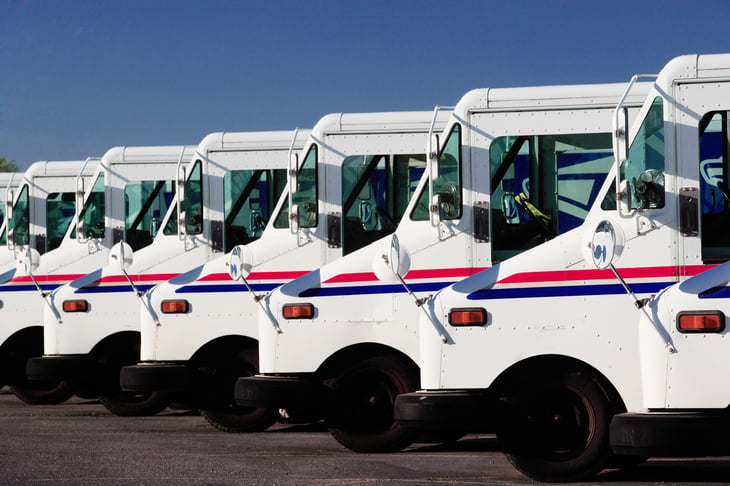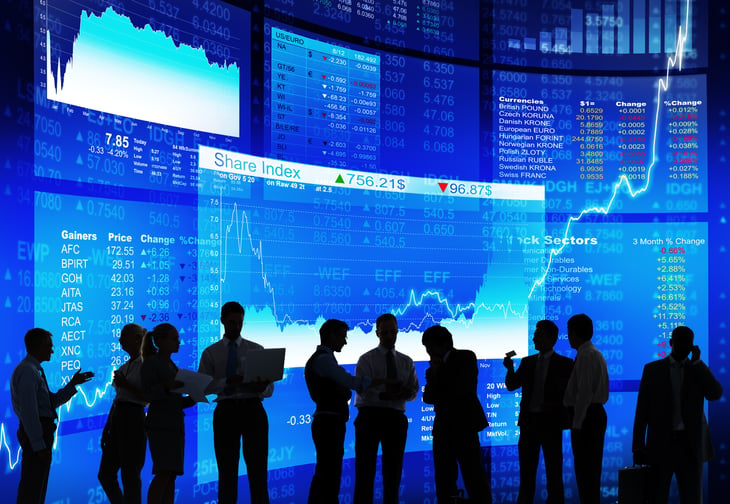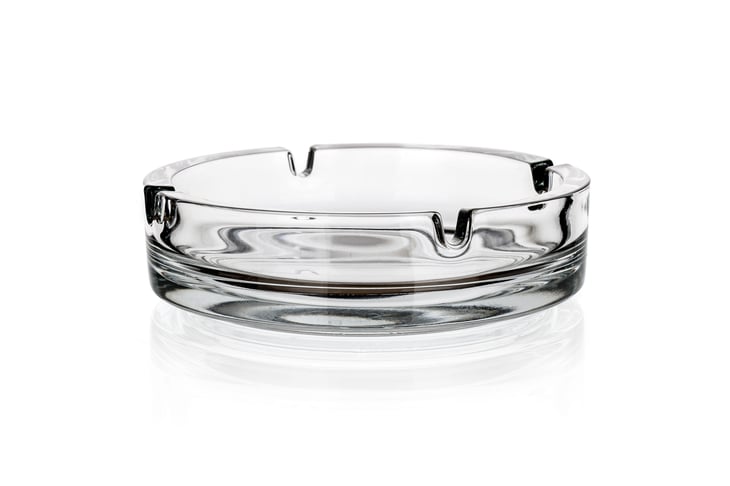
What goes up doesn’t usually come down, at least when it comes to consumer prices.
According to the U.S. Bureau of Labor Statistics’ Consumer Price Index, a common gauge for inflation, prices increased by 1.4% overall from December 2019 to December 2020.
Here’s a look, in no particular order, at some goods and services that saw price hikes in 2020 or that increased in price over the course of last year.
Need some good news? Try “7 Things That Got Cheaper Last Year.”
1. Eating out

If you managed to do any dining out last year, you probably paid a bit more. According to the BLS Consumer Price Index report for December 2020, the cost of dining out rose 3.9% from December 2019.
That’s bigger than the 3.1% increase we saw over the course of 2019 and the 2.8% increase for 2018.
If your budget is feeling the pinch, check out “A Former Restaurant Critic Shares Her 11 Best Tips for Dining Out Cheaply but Well.”
2. Cable TV

Spectrum, Comcast, Dish and AT&T are among the cable TV providers that hiked their prices for 2020, according to Cord Cutters News.
Spoiler alert: You can expect much of the same this year, as we detail in “3 Cable TV Companies Hiking Prices for 2021.”
3. Streaming TV

It’s not just cable: Streaming TV also has gotten more expensive. YouTube TV, Netflix, and Hulu for example, hiked their prices in 2020.
Perhaps it’s time to check out free movie streaming.
4. Priority Mail

The U.S. Postal Service’s prices for numerous Priority Mail flat rates increased in January 2020. The cost of mailing a 1-ounce international letter also increased, by 5 cents to $1.20.
More bad news: USPS kicked off 2021 with another round of price hikes for certain shipping and mailing services, as we recently reported.
5. College tuition and fees

The College Board says the average sticker price for tuition and fees for full-time students increased by as much as 2.1% between the 2019-2020 and 2020-2021 school years. As of the 2020-2021 school year, it averaged:
- $10,560 at public four-year in-state schools — which is 1.1% higher than in 2019-2020, before adjusting for inflation
- $27,020 at public four-year out-of-state schools — 0.9% higher
- $3,770 at public two-year in-district schools — 1.9% higher
- $37,650 at private nonprofit four-year schools — 2.1% higher
Feeling overwhelmed? Check out “10 Colleges Where Tuition Is Free” and, if you’re 60 or older, “10 Colleges That Offer Free Tuition for Seniors.”
6. Traditional Medicare

At the start of 2020, the Medicare Part B standard premium rose by $9.10 per month and the deductible rose by $13 per year. The Part A annual inpatient hospital deductible increased by $44.
This year, these same Medicare deductibles and premiums have increased again, although the increases were smaller for Part B, as we reported.
7. Groceries

The coronavirus pandemic created numerous grocery supply chain issues, which led to higher prices for consumers.
The price of groceries increased 3.9% overall from December 2019 to December 2020, according to the Bureau of Labor Statistics’ Consumer Price Index. Compare that with increases of only 0.6%, 0.7% and 0.9% in each of the prior three years.
Grocery categories that saw even higher increases last year include:
- Meats, poultry, fish and eggs: 4.6%
- Dairy and related products: 4.4%
If your wallet could use some relief, check out “13 Unusual but Effective Ways to Save on Groceries.”
8. Stocks

What coronavirus correction? Stocks recovered shortly after the March 2020 drop and went on to reach new records last year.
The S&P 500 stood at around 3,701 points on Jan. 4, 2021, up from about 3,258 points at the start of 2020. The Dow Jones Industrial Average stood at around 31,098 points at the start of 2021 — up from about 28,824 points one year earlier.
9. Credit card late fees

The federally allowed thresholds for credit card late payment penalties rose by $1 at the start of 2020, as we detailed in “2 Credit Card Late Fee Amounts Increased for 2020.” These thresholds are now:
- First late payment penalty: $29
- Subsequent late payment penalty: $40
On the bright side, for a change, these fees did not increase at the start of 2021.
10. New cars

The average cost for that “new car smell” went up 1.3% in 2020, according to Kelley Blue Book.
The news was much worse for used vehicles …
11. Used cars

Used car and truck prices rose a whopping 10% between December 2019 and December 2020, according to the BLS Consumer Price Index. That is the largest December-to-December increase reported for that index since 1983.
12. Cigarettes

Smokers paid 5.4% more for cigarettes in December 2020 than in December 2019, the BLS Consumer Price Index shows.
Disclosure: The information you read here is always objective. However, we sometimes receive compensation when you click links within our stories.

